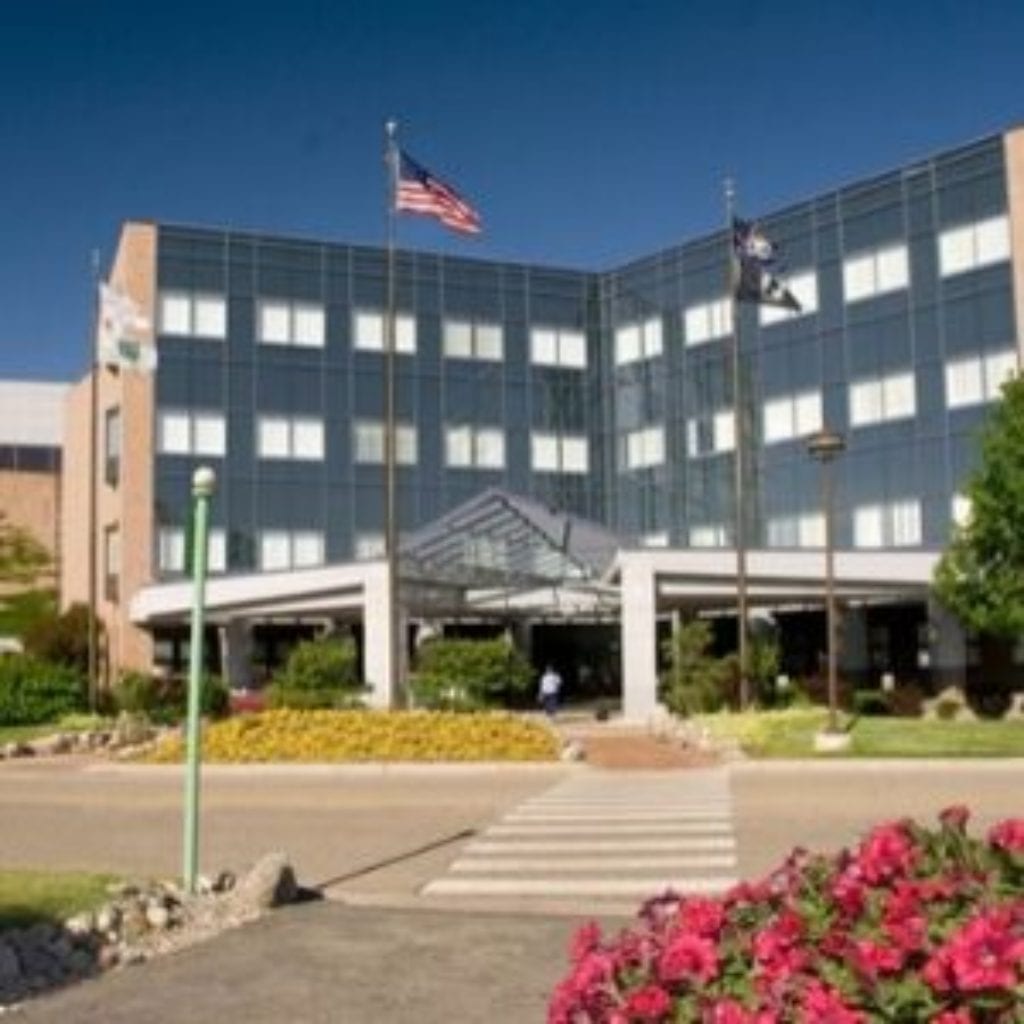

They conduct a full consultation to determine the patient’s condition and willingness to undergo treatment. The process has since been revised so that when a person presents with OUD, a message is sent to a team of physicians, medical students, nurses, and pharmacists. We had increased readmissions, decreased satisfaction, and weren’t addressing the disease.” “Patients were just given benzodiazepines or narcotics to make sure they don’t go through withdrawals, then discharged. “Massive gaps of care existed on the inpatient side,” says Dr. Michael Danic, chairman of anesthesia at Ascension Genesys Hospital, leads the inpatient component of the medication treatment program. “The person feels more supported as they start on the road to recovery if we can make a warm connection at the front end,” according to Dr. Upon discharge, the navigators (peer recovery coaches) help ensure the patient returns to the hospital daily for Suboxone treatment for three days until they are placed in a treatment center. Genesys brings in community care navigators from New Paths, a Flint-based center that works with an array of partners to address OUD, if the patient wants to pursue recovery. The medical team determines if they have any other underlying health issues and assesses their interest in treatment. “The medication takes away the cravings and increases the likelihood they will seek help,” says Dr. On the outpatient side, once a person is determined to be suffering from OUD, the doctor prescribes buprenorphine or Suboxone to ease their withdrawal symptoms. We had to do better for these patients.”ĭoing better took the form of a dual-pronged medication treatment program that offers outpatient and inpatient services. They’re going to need their substance again before they can get help. “The best we could do was give them a piece of paper with resources on it and tell them to try those places,” says Dr. Unless those with opioid use disorder presented with an active medical issue that could be diagnosed and treated, the emergency department could offer little to people in overdose or asking for assistance with mitigating their drug use.

“Opioid use has grown into such a problem we couldn’t sit by and do nothing.” Alan Janssen, emergency room medical director at Ascension Genesys Hospital. “We have this horrible situation where people are coming in every single day with overdose symptoms,” explains Dr. With the number of opioid-related deaths exceeding 400,000 nationally and rising, staff at Genesys could not overlook the impact the epidemic had on patients. “The funding helps to advance our work in this area more quickly and comprehensively.” Outpatient and Inpatient Resources for Opioid Use Disorder Treatment “Our involvement with the Michigan Opioid Partnership through the foundation allows us to focus on this issue in a collective and systemic way,” says Sue Tippett, director of grants administration at Ascension Genesys Hospital in Grand Blanc, Michigan. These guiding principles were the basis for Ascension Genesys Hospital’s decision to apply for funding from the Community Foundation for Southeast Michigan to enhance their work with people with opioid use disorder (OUD). Also reflected in the organization’s mission is to advocate for a more just and compassionate society in words and actions. Detroit East-Side Neighborhood RevitalizationĪscension Genesys Hospital Addresses Stigma and Offers Dual-Pronged Treatment through its Emergency DepartmentĪs one of the leading nonprofit health systems in the United States, Ascension is committed to delivering compassionate, personalized care to all with a special emphasis on those who are most vulnerable.The Community Foundation for Livingston County.Community Foundation Challenge-Emergency Food & Shelter.Community Foundation Challenge-Arts & Culture.Youth Entrepreneurship Learning Initiative (YELI).Southeast Michigan Immigrant and Refugee Funder Collaborative.Community Policing Innovation Initiative.


 0 kommentar(er)
0 kommentar(er)
